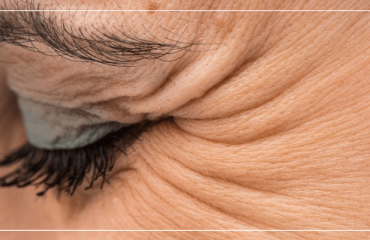
What is Microsurgery?
Microsurgery is to perform surgical applications that are challenging or invisible to the naked eye with the help of a surgical microscope. Although microsurgery is usually mentioned for suturing the post-traumatic ruptures in organs such as hands, arms, legs by surgical methods,
- Eye surgeries
- Brain surgery
- Cervical hernia surgeries
- Herniated disk surgeries
- Spinal canal stenosis surgeries are among microsurgery applications.
In the microsurgical method, the surgical field is enlarged through the surgical microscope and it is possible to see the tissues such as nerves and vessels more clearly. In the procedures carried out by doctors specialised in microsurgery, very thin and hardly noticeable suture materials are used. Microsurgical methods allow the nerves and organs damaged to function more positively after surgery, and significant gains are obtained in terms of patient health.
How Is Microsurgery Performed?
There is not much logical difference between microsurgery or open surgeries. The microscope used in microsurgery illuminates the tissues that the doctor is working on during the surgery and enlarges the image. In this way, tissues are less damaged than open surgery. In microsurgery, the incisions are also quite small. In this way, it is possible to open the membrane surrounding the muscles in smaller sizes and a smaller amount of muscle, connective tissue or bone tissue is removed. One of the most important advantages of microsurgery is that patients can return to their normal life and working environment in a shorter time due to less tissue damage.
Before and After Microsurgery Operations
Like all other surgeries, microsurgery procedures are carried out after some certain conditions are established. The first condition is that the person’s state of health being at a level to support the process. After determining the operation as the treatment method, some tests are performed, and the suitability of the patient is determined.
- Blood analysis,
- X-ray,
- Tomography,
- General health screening
- Physical examinations
- Anaesthesia examinations are applications that must be done before the surgical intervention.
Thanks to these tests and examinations, risks of encountering a surprise during the surgical intervention are eliminated. Besides, before the surgical intervention, the patient’s diet is arranged to allow the patient to undergo the operation in more favourable conditions, and the postoperative period can be more comfortable.
Pre-Operation
If the pre-operation weight of the patient is over the ideal weight, weight loss before the procedure facilitates the healing of the post-operation wounds. Also, the risk of excess weight to cause re-herniation in the surgical areas is eliminated. It is requested to stop eating and drinking for the periods recommended by the physician before the surgery. Pre-operative anaesthesiologists and technicians prepare the materials to be used following patient information and control the devices. After providing completely sterile environments, surgery is performed under the control of a specialist surgeon.
Post-Operation
Recovery times may vary depending on the type of surgeries performed through the microsurgery method. Besides, the technique used in surgery is also important. For example, herniated disk operations performed through the microsurgery method are performed in approximately 1-2 hours. Patients are usually discharged the following day and start walking immediately. The healing process is also concise compared to the other types of surgery. One week to 10 day periods are enough for the patient to return to the daily activities.
Frequently Asked Questions on Microsurgery
- Which diseases are treated with the microsurgery method?
Microsurgery is a method that can be applied in the herniated disk, breast repair, repair of ruptured hands and feet, brain and neural system tumours, vascular diseases and eye surgery. - Which Anaesthesia Method Is Used In Microsurgery?
Anaesthesia is determined by the specialist physician according to the region to be operated. General anaesthesia, local anaesthesia or spinal anaesthesia can be applied. - What are the Advantages of Microsurgery?
Since smaller incisions are made on the skin in the microsurgery method, tissue damage is minimal. Thus, the healing process is shortened. - How Long Does Microsurgery Procedures Take?
Although it varies according to the surgical region and the condition of the disease, the procedures generally take 1-2 hours. - What is Time to Discharge?
Since microsurgery causes less tissue damage than other surgeries, the time to discharge is also shorter compared to other procedures. Usually, the patient is discharged on the same day.







You must be logged in to post a comment.